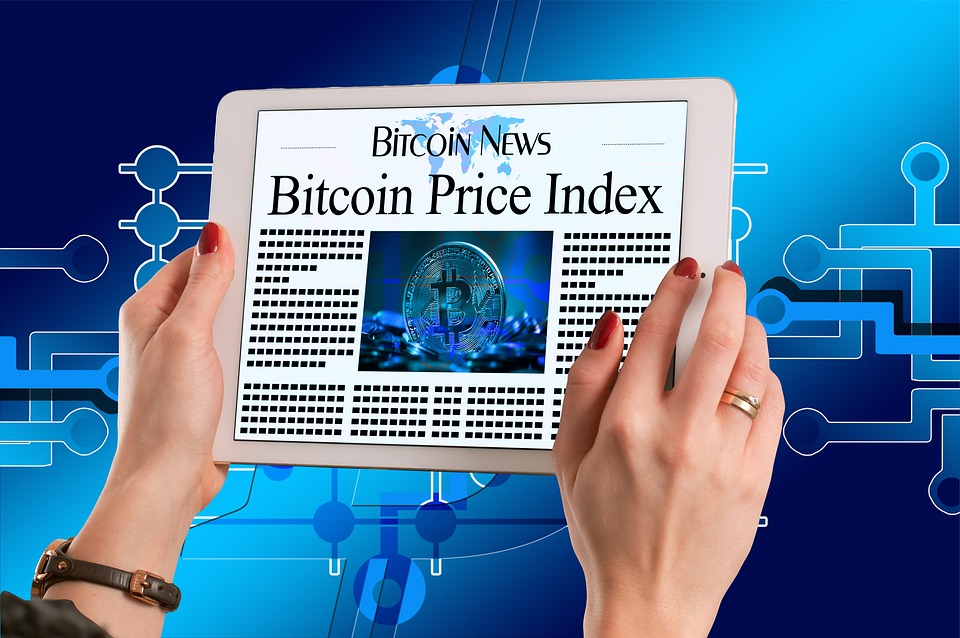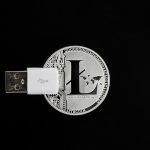NFTs Evolving: Exploring the Blockchain Innovations Fueling the Digital Art Market
Introduction
The emergence of Non-Fungible Tokens (NFTs) has revolutionized the digital art market, creating a paradigm shift in how artists, collectors, and investors engage with art in the digital age. Initially viewed with skepticism, NFTs have steadily gained traction, driven by unique blockchain innovations that enhance the security, provenance, and monetization of digital art. This article explores the evolving landscape of NFTs and the underlying blockchain technologies propelling this artistic renaissance.
Understanding NFTs and Their Impact
At their core, NFTs are digital assets that represent ownership of a unique item or piece of content, secured on a blockchain. Unlike cryptocurrencies, which are fungible and interchangeable, NFTs are one-of-a-kind, allowing them to convey ownership, authenticity, and provenance. This uniqueness is especially pivotal in the art world, where rarity and provenance significantly elevate an artwork’s value.
The rise of NFTs has empowered artists to tokenize their creations, ensuring they receive royalties on secondary sales and enabling them to connect directly with their audience. Platforms like OpenSea, Rarible, and Foundation have democratized access to the art market, allowing creators of all backgrounds to showcase their work and reach global collectors.
Blockchain Innovations Driving NFT Market Growth
1. Layer 2 Scaling Solutions
Ethereum’s blockchain, while pioneering for NFTs, has faced challenges with scalability and high gas fees. Innovations like Layer 2 scaling solutions, such as Polygon and Optimism, have emerged to address these issues. By allowing transactions to be processed off the main Ethereum chain, these solutions reduce congestion and significantly lower transaction fees. This scalability enhances user experience and encourages greater participation from artists and collectors alike.
2. Interoperability and Standards
The development of ERC-721 and ERC-1155 standards on Ethereum has improved interoperability across different platforms and marketplaces. The ERC-721 standard specifically defines unique assets, while ERC-1155 allows for both fungible and non-fungible tokens within a single contract. This interoperability fosters a more cohesive digital art ecosystem, enabling creators to list their work across various marketplaces and collectors to curate diverse collections seamlessly.
3. Decentralized Autonomous Organizations (DAOs)
DAOs are transforming the way artists collaborate and how art is funded. These blockchain-based organizations enable collective decision-making, allowing artists and collectors to pool resources, fund projects, and vote on creative directions. Artists can more easily finance their work, while collectors gain a stake in the creative process. This innovative approach nurtures community-driven art initiatives and creates new opportunities for artistic experimentation.
4. Smart Contracts for Royalties and Licensing
Smart contracts on the blockchain enable automatic self-execution of agreements when specific conditions are met. For artists, this means they can embed royalties directly into the NFT’s smart contract, ensuring they receive a percentage of sales whenever their artwork is resold. This innovative feature enhances artists’ revenue streams and ensures long-term financial benefits, fostering a more sustainable creative economy.
The Environment and Ethical Considerations
While the NFT market is booming, it has not been without controversy, particularly regarding its environmental impact. The energy-intensive nature of blockchain networks, especially Ethereum, raises concerns about sustainability. In response, many projects are exploring eco-friendly solutions, including the transition to proof-of-stake mechanisms and the use of energy-efficient blockchains like Tezos and Flow. These developments are crucial as artists and consumers increasingly prioritize ethical considerations in their purchasing decisions.
The Future of NFTs in Digital Art
As NFTs continue to evolve, their application within the digital art market will likely expand. We can anticipate greater experimentation with augmented reality (AR) and virtual reality (VR) to create immersive art experiences, further blurring the lines between physical and digital art. Additionally, collaborations among artists, developers, and brands will generate innovative projects that merge art with technology in unprecedented ways.
Moreover, as regulations around NFTs mature, institutional acceptance may grow, paving the way for broader adoption among traditional art institutions and galleries. This integration could create a synergistic relationship between physical and digital art markets, elevating the stature of NFTs and broadening their appeal.
Conclusion
The journey of NFTs is far from complete, but the innovations driving their evolution are reshaping the digital art market in profound ways. As artists harness the power of blockchain technology, the future of art ownership, creation, and distribution looks promising. By blending creativity with cutting-edge technology, NFTs are not only redefining the art market; they are also fostering a vibrant community that champions artistic expression and innovation in the digital age. As we look ahead, the possibilities are boundless, paving the way for a new era of artistic exploration and engagement.




